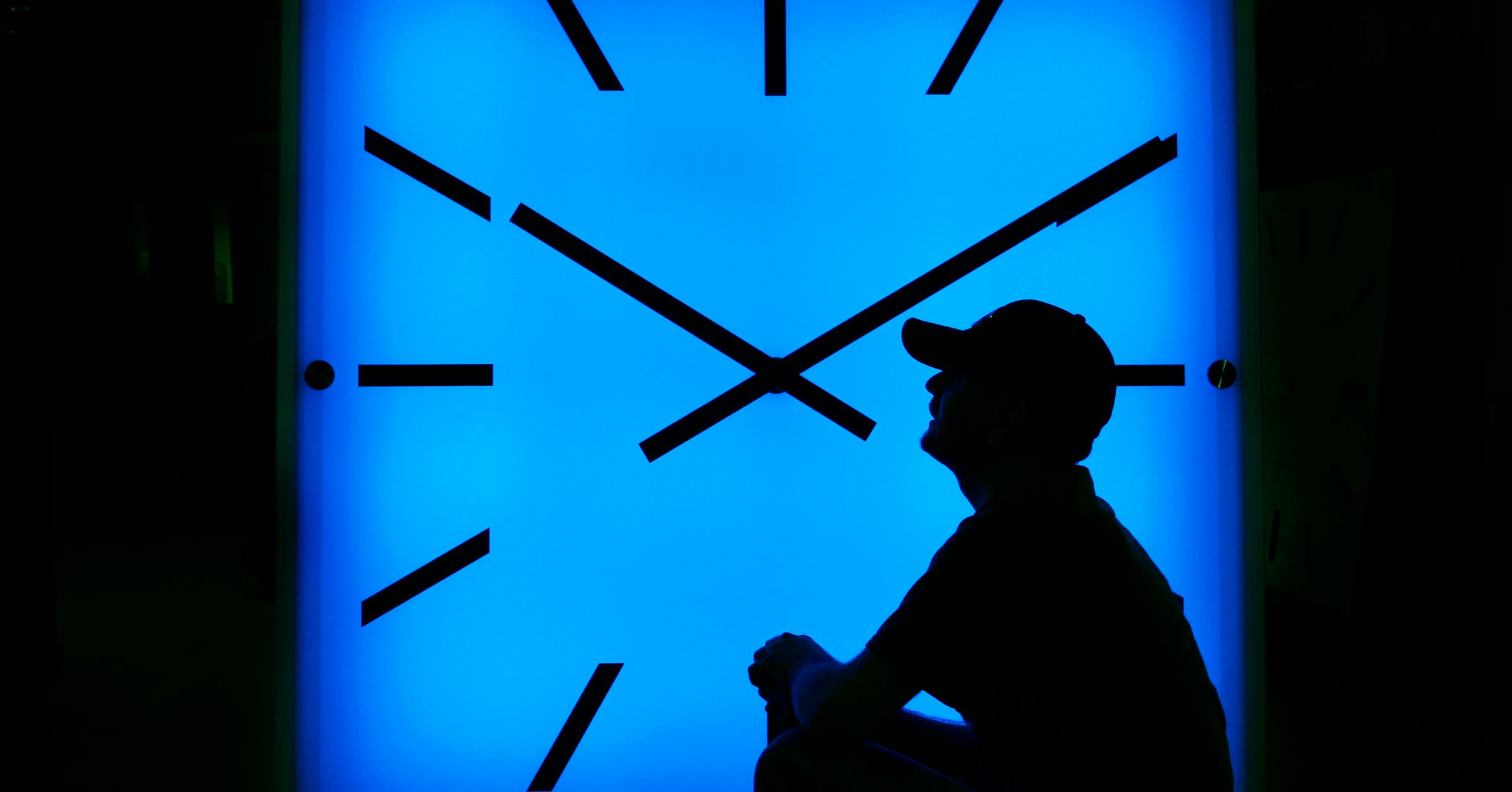Star Tribune
Minneapolis artist and advertising entrepreneur Miranda Moss dies at 81
Miranda Moss co-founded the design firm Seitz Yamamoto Moss in her Lake Harriet sunroom. But even after the company moved into bigger, grander offices, Moss made employees and clients feel at home.
If home were an art gallery, lined with water lilies and a white grand piano.
“‘Elegant, not arrogant,’ was one of the values of the organization,” said Shelly Regan, the retired president of Yamamoto and a longtime friend. “Elegance and grace were in the details.” Moss embodied that ethos, ensuring that a gift she selected for a client was just right, its tissue paper folded just so.
“It didn’t matter who it was — a client, an employee — the effort was worth it because the person was worth it,” Regan said.
With care and charisma, Moss led Seitz Yamamoto Moss, which became Yamamoto Moss in 1986, a pioneering branding agency that shaped not only the profession but its practitioners, many of whom went on to found their own firms.
Moss died Sept. 13 of breast cancer. The artist and entrepreneur was 81.
A native of Washington, D.C., Moss moved to Minneapolis with then-husband Peter Seitz after earning a bachelor’s of fine arts in painting and art education at Maryland Institute College of Art. She worked as an illustrator and graphic designer in Dayton’s advertising department.
In 1979, she, Seitz and Hideki Yamamoto founded Seitz Yamamoto Moss, “a new type of creative agency in the Twin Cities focused on the growing field of brand identity development,” according to advertising news website the Minneapolis Egotist.
Think logos, typography, tone.
“Over the next 30 years, the award-winning agency … built a national reputation for branding excellence and … helped put the Twin Cities on the national map as a creative hub,” the Egotist article said.
Regan first met Moss in her Minneapolis home. It was 1981, and Regan was a client, working on the Häagen-Dazs account. Moss and Seitz spread their concepts out on the coffee table. A few minutes later, Moss jumped up, exclaiming, “We need brownies!” She raced to the kitchen, whipping together the batter.
The concepts were “wonderful, spot on, terrific,” Regan said. But what struck her were the brownies, served warm with coffee.
“That was typical of what I would later learn was an essential part of what made the agency successful — this value around hospitality and warmth and making people feel comfortable,” she said. “That was a part of who she was.”
The Minnesota chapter of the National Association of Women Business Owners named Moss entrepreneur of the year in 1996, citing her entrepreneurial spirit, tenacity and innovation, according to a Star Tribune article from the time.
Kasey Worrell Hatzung was employee number 30 at the agency, which at one point grew to 110 in Minneapolis, Miami and Shenzhen, China. With the help of all-staff cruises and practical jokes, Moss and Yamamoto created a hardworking, fun-loving company culture.
“We were there all the time into the evening, overnight,” said Worrell Hatzung, who went on to found her own agency, Fusion Hill. “But we had so much fun there that it was our work life and our social life.
“And Hideki and Miranda were right there with us.”
Because Moss collected brilliant, charming people, the place sparked relationships, marriages, partnerships. Among them were Moss and Yamamoto, who married in 2001.
Moss was “absolutely the most elegant woman I’ve ever known,” Worrell Hatzung said. She was also clever and wicked, charming and fun. “You could put her on a pedestal because of how graceful she was.
“But she was also so gracious.”
She remained a fine artist, creating bold, colorful paintings that hang in corporate headquarters and private collections, in the Minnetonka Center for the Arts and Ridgedale Center.
“Every time you look at a piece of Miranda’s, you can see something you didn’t see before,” said Roxanne Heaton, executive director of Minnetonka Center for the Arts, where Moss served on the board. “It’s very engaging, much like she was.”
Breast cancer brought Moss and Heaton together: Diagnosed at about the same time, in 2004, their surgeon thought they might get along. “One of the reasons I so quickly fell in love with her was that she was so hopeful and upbeat,” Heaton said, despite a more difficult diagnosis that required chemotherapy.
Heaton remembers laughing hard with Moss in the clinic.
Moss and Yamamoto retired in 2009 and moved to Princeville, Hawaii, the island’s flora finding its way onto Moss’ canvases.
“It shouldn’t have surprised me at all, but they created a family there,” Regan said. “That same sense of connection, that same sense of warmth and respect and love and friendship and fun. Those were all things that they picked up in Minneapolis, put in their suitcases, dropped themselves down in Kauai, opened up those suitcases and boom — that magic happened there, too.”
In addition to Yamamoto, Moss’ survivors include her sister Sheila Thomison, son Chris Seitz, daughter Miranda Johnson and five grandchildren. She was preceded in death by her son Bryan Seitz.
Star Tribune
This Rochester MN school police officer used to be a narcotics cop
Some take him up on it and fret when he’s not around.
“It is nice to be missed and be part of the school’s culture,” Arzola said. But mostly, he added, he wants kids to know that police aren’t around just for when the bad stuff happens. He’ll hand out his stickers and bracelets, even a trading card bearing his image. Then, they’ll talk about dogs and family.
School resource officer Al Arzola talks to students in his office at John Adams Middle School in Rochester on Oct. 11. (Leila Navidi/The Minnesota Star Tribune)
Two months ago, Rochester played host to a three-day training session for new SROs from across the state — an event organized by the Minnesota School Safety Center. On the final day, the 26 officers learned about surveillance challenges at the other school where Arzola works: Dakota Middle School.
It is a beautiful building with a scenic view. There is a lot of glass, too. Arzola, handling the role of instructor and tour guide, took the group outside and noted how one could look straight through the entrance to the large groups that gather inside. There were no curbs in front, either.
“There is nothing stopping any vehicle whatsoever from going through my front doors,” Arzola told the officers. “Law enforcement wasn’t talked to before this building was made. It was kind of like, ‘Here it is. You’re the SRO. Do what you do.’”
He showed them his office, too, which is separate from the main office and near those of other school support staff members. That makes sense, said Jenny Larrive, SRO coordinator for the Minnesota School Safety Center, given than SROs spend more time connecting with youth than on actual law enforcement.
Star Tribune
How Minnesota is recruiting poll workers in a divisive presidential election

“The basic rule in Minnesota is you cannot preemptively post law enforcement at a polling place,” he said. “A city can’t say, ‘Wow, Precinct Two, there’s a lot of intensity there, let’s just put a cop at the door.’”
Simon doesn’t go deep into the details on security, though. “I don’t want to give a total road map to the bad guys,” he said.
But testimony at the Capitol last year on behalf of the new law bolstering protections for election and polling place workers indicated there’s room for concern. One election worker was followed to her car by an angry voter; the head of elections in another county was called repeatedly on her home phone during off hours, and an official was lunged at by an aggrieved voter, forcing her to call the local sheriff.
Those who violate the law could now face civil damages and penalties of up to $1,000 for each violation.
The Brennan Center survey indicated more than four in 10 election leaders were concerned about recruiting enough poll workers due to threats of harassment and intimidation. This includes doxing — publishing a person’s personal information online in a threatening manner — and swatting, fake emergency calls that result in an armed response being sent to someone’s home.
“Election officials are working to prepare for everything right now,” said Liz Howard, director of partnership engagement at the Brennan Center. “More than 90% of election officials have made improvements to election security since 2020.”
Star Tribune
Daylight saving time ends next weekend. This is how to prepare for the potential health effects

The good news: You will get a glorious extra hour of sleep. The bad: It’ll be dark as a pocket by late afternoon for the next few months in the U.S.
Daylight saving time ends at 2 a.m. local time next Sunday, Nov. 3, which means you should set your clock back an hour before you go to bed. Standard time will last until March 9 when we will again ”spring forward” with the return of daylight saving time.
That spring time change can be tougher on your body. Darker mornings and lighter evenings can knock your internal body clock out of whack, making it harder to fall asleep on time for weeks or longer. Studies have even found an uptick in heart attacks and strokes right after the March time change.
”Fall back” should be easier. But it still may take a while to adjust your sleep habits, not to mention the downsides of leaving work in the dark or trying exercise while there’s still enough light. Some people with seasonal affective disorder, a type of depression usually linked to the shorter days and less sunlight of fall and winter, may struggle, too.
Some health groups, including the American Medical Association and American Academy of Sleep Medicine, have said it’s time to do away with time switches and that sticking with standard time aligns better with the sun — and human biology.
Most countries do not observe daylight saving time. For those that do — mostly in Europe and North America — the date that clocks are changed varies.
Two states — Arizona and Hawaii — don’t change and stay on standard time.
Here’s what to know about the twice yearly ritual.




